Radical, light initiated chemical reactions were used to synthesize multifunctional, star-shaped polmyers with each chain end bound to a DNA mimicking polymer (the “Click Nucleic Acid or CNA developed with the support of the NSF).
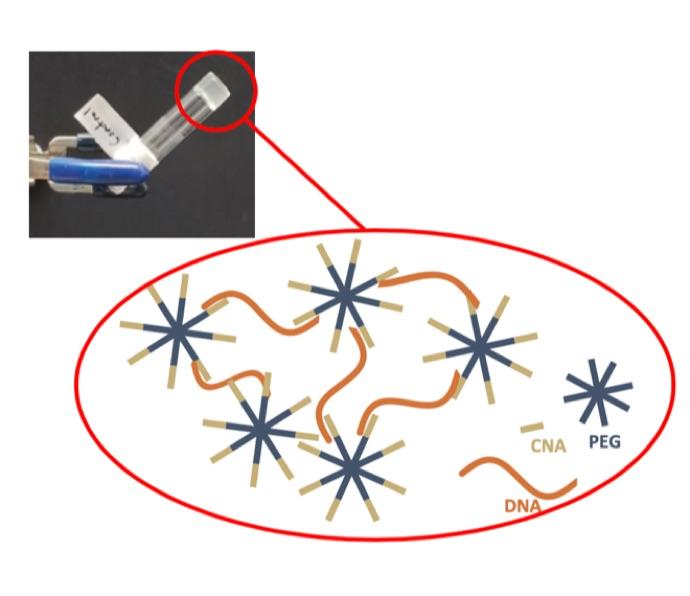
Radical, light initiated chemical reactions were used to synthesize multifunctional, star-shaped polmyers with each chain end bound to a DNA mimicking polymer (the “Click Nucleic Acid or CNA developed with the support of the NSF).
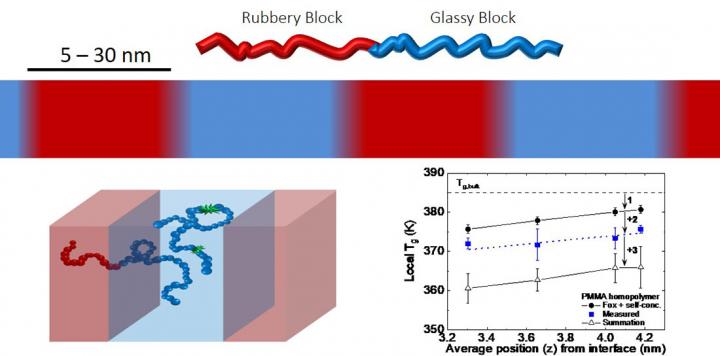
Princeton investigators developed an approach to directly measure the influence of chain connectivity on the glass transition temperature of copolymers for the first time. This development is important as it provides insights into the design of copolymer interfaces for applications in which transport of entities is important.
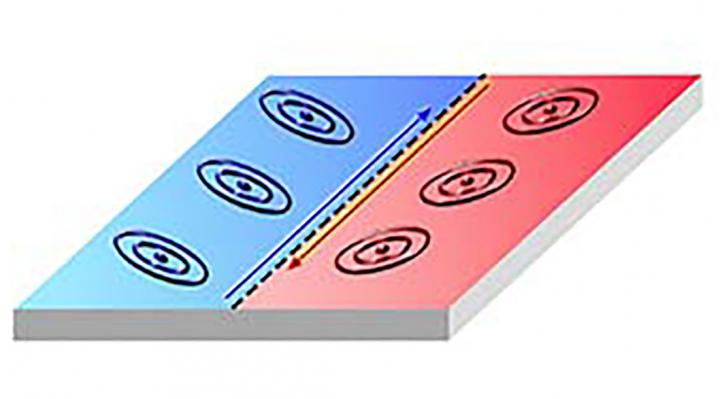
Princeton investigators detected channels of conducting electrons that form between two quantum states on the surface of a bismuth crystal subjected to a high magnetic field. These two states consist of electrons moving in elliptical orbits with different orientations.
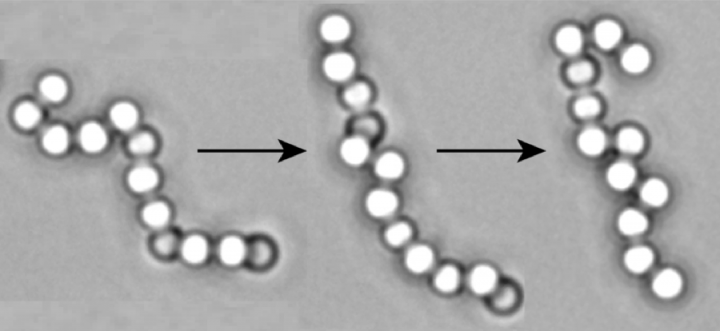
Here, we control the valence of DNA-functionalized emulsion droplets to make flexible colloidal polymers. We examine their conformational statistics to show that they are freely jointed. We demonstrate that their end-to-end length scales with the number of bonds in agreement with 2D Flory theory, and that their diffusion follows the Zimm model.
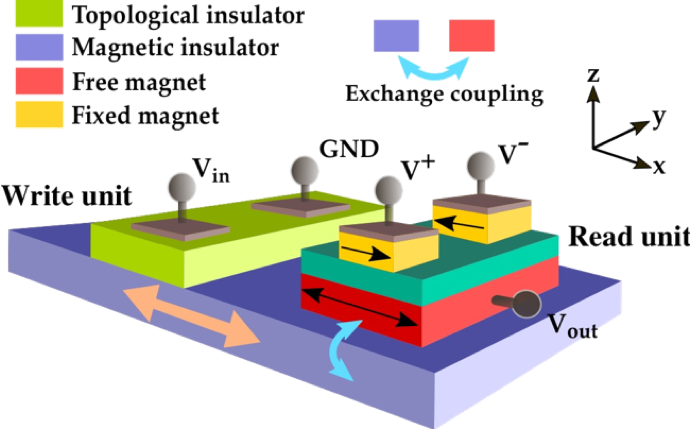
An important goal in electronics is to reduce power use without sacrificing performance. In spintronics this can be accomplished by increasing the rate of charge to spin conversion. We show that one of the most efficient means of converting charge to spin information uses a topological insulator and voltages instead of currents.
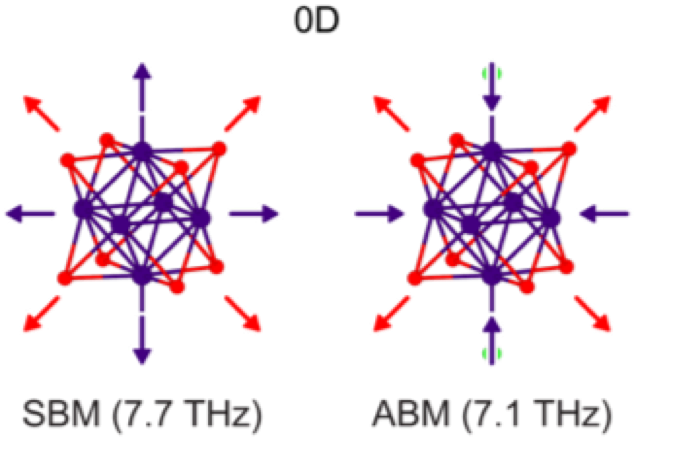
The coupling of phonons to electrons, excitons and other phonons plays a defining role in material properties, including charge and energy transport, light emission, and superconductivity. In atomic solids such as Si or GaAs, phonons are delocalized over the three-dimensional (3D) lattice and are determined by bonding and crystal symmetry. In molecular materials, by contrast, localized molecular vibrations couple to electrons to produce, for example, high temperature superconductivity, as in A3C60.
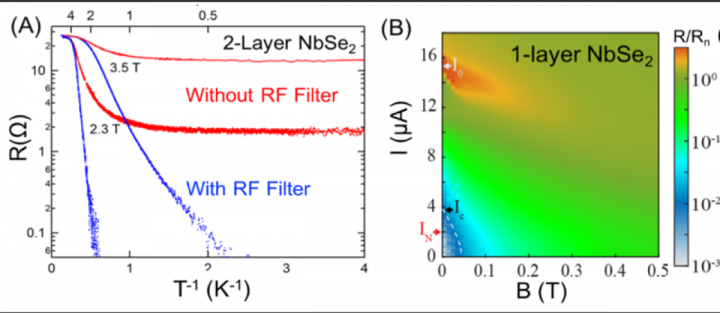
Two-dimensional materials offer a unique opportunity to explore superconductivity in the two-dimensional (2D) limit with low disorder. IRG1 creates heterostructures of high-quality monolayers of superconductors encapsulated within insulating boron nitride, which provides protection from external disorder and oxidation.
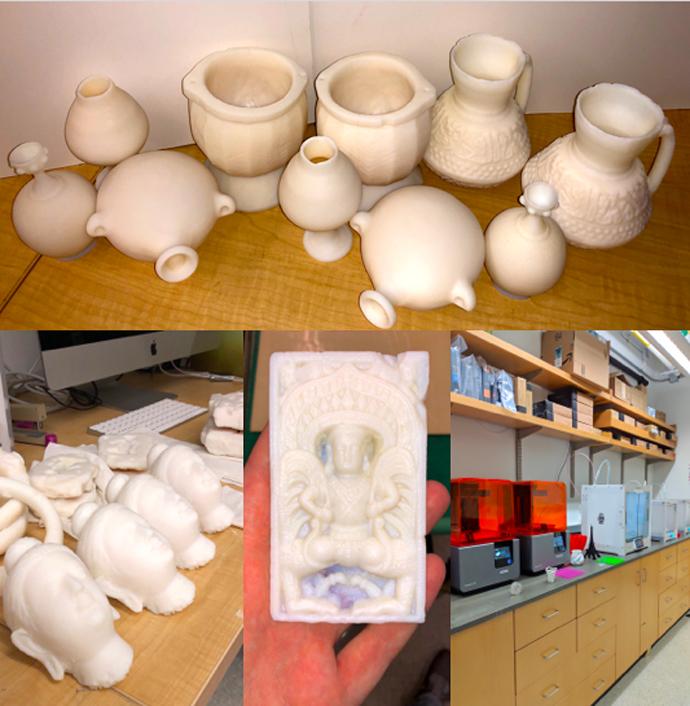
At the University of Chicago MRSEC, we pursued new outreach directions with campus museums including the Smart Museum of Art and the Oriental Institute.